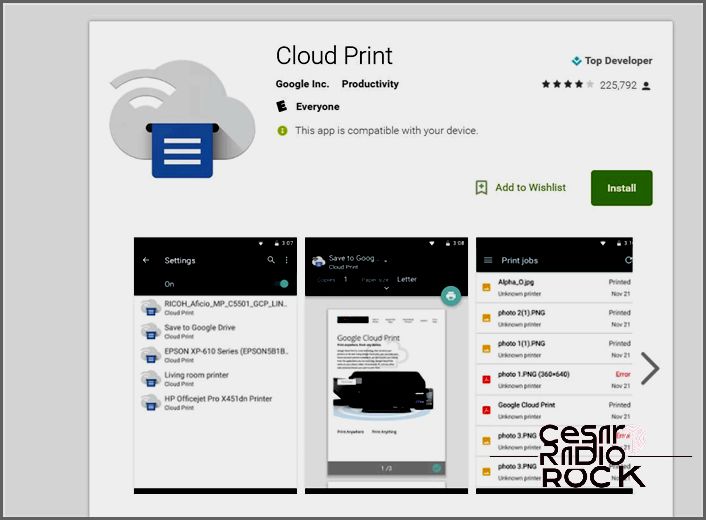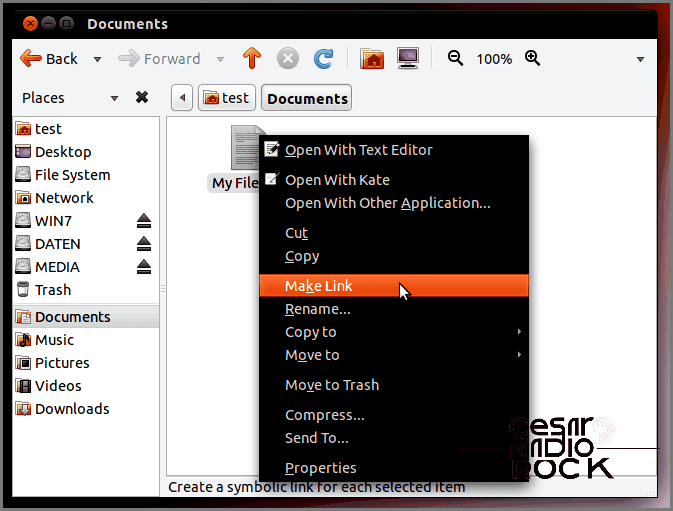Creating Symbolic Links in Ubuntu: A User-Friendly Guide
Hey there! Today, I want to show you how to create symbolic links in Ubuntu. Symbolic links are a way to make files and directories more accessible and convenient. They allow you to reference a file or directory in multiple locations without having to duplicate it. Let’s dive in and explore how you can effortlessly create symbolic links on your Ubuntu system.
To begin, open up your terminal. You can do this by pressing Ctrl+Alt+T on your keyboard or searching for “Terminal” in the Applications menu. Once you have the terminal open, you’re ready to get started!
The command we’ll be using is called ln, which stands for “link”. It’s a versatile command that allows you to create both hard links and symbolic links. In this guide, we’ll focus on symbolic links.
The basic syntax for creating a symbolic link is as follows:
ln -s /path/to/original /path/to/link
Let’s break down what each part of the command means. The -s flag tells the ln command that we want to create a symbolic link. The first path after the flag, /path/to/original, is the location of the file or directory you want to link to. The second path, /path/to/link, is the location where you want to create the symbolic link.
Here’s an example to make things clearer. Let’s say I have a file called document.txt located in my home directory (/home/username), and I want to create a symbolic link to it in another directory called documents. To do this, I would use the following command:
ln -s /home/username/document.txt /home/username/documents/document_link.txt
In this example, I’m creating a symbolic link called document_link.txt in the /home/username/documents directory that points to /home/username/document.txt.
Once you’ve entered the command, press Enter and your symbolic link will be created! You can check if it worked by navigating to the directory where you created the symbolic link and using the ls command. The symbolic link should appear in the list of files, and you can open it just like any other file.
Creating symbolic links in Ubuntu is a fantastic way to organize and access your files more efficiently. Whether you’re trying to keep track of important documents or create shortcuts to frequently used directories, symbolic links make your life easier.
I hope this guide has helped you understand how to create symbolic links in Ubuntu. Feel free to explore and experiment with symbolic links to see how they can improve your workflow. Remember, the ln command is a powerful tool, so use it wisely and have fun!

Hey there! So, I’ve been working on some tutorials and guides for Linux-based systems. Recently, I showed you how to install Linux Mint. But this time, I want to show you something a little different – how to create a symlink or Symbolic Link in Ubuntu using the Terminal. Trust me, it’s a piece of cake and it might just make your life a little easier.
But first, let’s understand what a Symbolic Link is.
So, there are these things called hard links and symbolic links. Let me break it down for you. A hard link is basically a file with multiple names. It’s like having multiple copies of the same file. If you delete one of these “hard links”, poof! The file is gone. It’s like magic, but not the good kind. On the other hand, a symbolic link is a bit different. It’s like a signpost that points to a file name and its location. And here’s the cool part – if you delete a symbolic link, the original file stays put. It’s like the link just stops working, but you still have the original file chilling where it was.
Now, you might be wondering, why create a symbolic link in the first place? Well my friend, a symbolic link is basically a shortcut to the original file. It’s like having a trapdoor that takes you directly to the file, except it’s like a fancy trapdoor that’s written into the file system on your hard drive. It’s sneaky! When you access the linked file through the symlink, it’ll feel like you’re actually there. But behind the scenes, it’s still pulling data and info from the original file location. It just smooths things out a bit, you know?
Now, let’s get into the nitty-gritty of setting up a Symbolic Link, shall we?

An important reason to use symbolic links is to enhance the capabilities of certain applications, like Dropbox or local email programs. Now, creating a symbolic link is actually really simple! First, you’ll need to open the Terminal. To do this, just hold down Ctrl + Alt + T. Alternatively, you can click on the Ubuntu icon at the top left corner of the screen, type in “Terminal,” and select the icon.
Once the Terminal is open, you can use the command ln -s [source] [destination] to create a symbolic link. The [source] and [destination] should represent the path to the file you want to create a symbolic link with.

If you don’t want to deal with the Terminal, there’s an easier way to do most things. Just click on the file or folder you want and choose “Link to Desktop” or “Make Link.” This will make a special link on your desktop without needing to use the Terminal.
This comes in handy for a few things in real life. For example, you can make a quick reference or shortcut to a file on your desktop. It’s also helpful if you use multiple operating systems. Let’s say you have both Windows and Linux on your computer, and you don’t want to download all of your emails again in Linux. You can create a special link that leads to the original files in Windows.
There are plenty of applications for symbolic links. If you need more help or have any feedback, leave a comment below or join us in the PCMech Forums!
